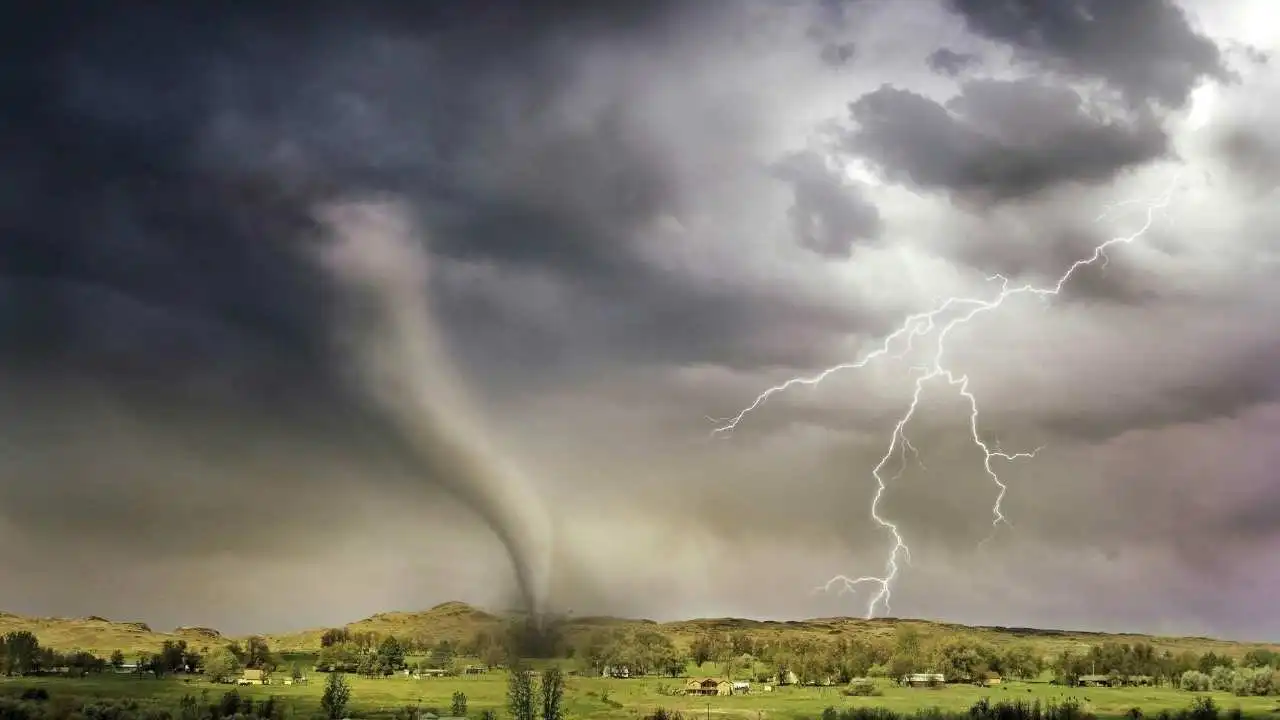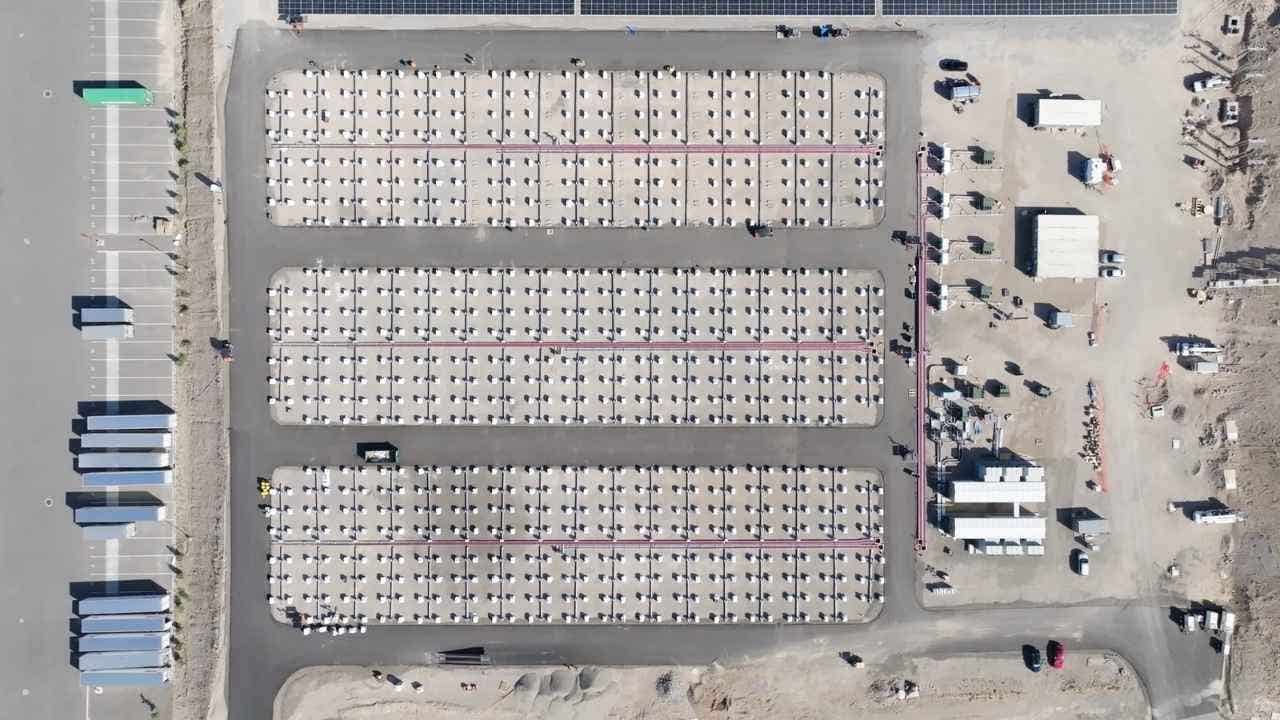Climate change is taking its toll on farmers in Africa. Here’s how AI technology can help

The current12:04How AI can help African farmers cope with climate change
Maintaining her cocoa plantation has become a tedious and demoralizing task for Ghanaian farmer Deborah Osei-Mensah. She is one of many farmers in Africa who are bearing the brunt of climate change.
“Every year I report a little less productivity. This is due to droughts and the change in weather patterns. Days when it should rain, we don’t get enough. Days when we have rain, we also get an excess of rain.” she said.
Extreme heat strips the Osei-Mensah cocoa pods of much-needed water that allows them to grow and ripen properly, leaving them unripe and unusable. Meanwhile, excess rainfall tends to make her trees susceptible to pests and diseases.
“This is getting very serious every day. If productivity continues to fall, it will affect people’s livelihoods. There will be a lot of hunger,” said Osei-Mensah.
The unpredictability of ever-changing growing conditions, such as historical droughts, is one of the main challenges farmers face in adapting to climate change.
Now, a team of researchers in Senegal has developed an artificial intelligence (AI) tool called Africa Farming Watchor AAgWa, to address that problem.
Using satellite data and imagery, AAgWa remotely senses soil biophysical parameters, combs through historical production maps, then uses machine learning to predict potential growing conditions.
It will be able to provide farmers like Osei-Mensah with information about heat intensity and its impact on crops, expected rainfall and soil fertility, said Racine Ly, director of data management at the pan-African research organization Akademiya 2063.
“Any disturbance that you see in growing conditions will be propagated in our models and will then show what the impact on production would be,” Ly said. The current guest host Robyn Bresnahan.
“So basically you can have a map where you can see what are the most likely crops you can grow in a given area based on the trends in growing conditions.”

Ly also says AAgWa can inform farmers about expected yields.
“If we can stay on top of what’s happening, we can at least protect most of our crops,” said Osei-Mensah.
AAgWa currently covers 47 African countries with a strong focus on staple crops such as maize, cassava and sorghum. According to Ly, it has a 94 percent accuracy rate.
“Sometimes we have countries where our predictions diverge. In that case, we update the model and update the predictions based on that event,” Ly said.
Punitive conditions
Despite accounting for only three percent of the world’s global emissions, Africa is among the regions worst affected by climate change. Agriculture is one of the hardest hit sectors.
According to a 2022 report from the United Nations Intergovernmental Panel on Climate Change (IPCC), Agricultural productivity on the continent has fallen by 34 percent over the past six decades as a direct result of climate change.

This decline poses a risk to food security in Africa. More than 140 million people are facing acute food insecurity and urgently need help.
That number is expected to rise as East Africa faces historic drought, which is already experiencing its worst food crisis in 40 years.
“There are two ways to increase food production. You have your crop management. But another way to increase production is to reduce losses. That’s what AAgWa focuses on,” Ly said.
In her decades of farming, the events currently unfolding on her farm and others around her come as a shock to Osei-Mensah.
“I gained experience about 20 years ago when I followed my parents to the farm, so I knew how good weather can improve their productivity,” she said.
But the succession of bad weather, diseases of her plants and poor yields has left her discouraged and sometimes unsure whether she should continue farming.

“I haven’t been to the farm for about two weeks because when you go there you’re sad instead of happy,” she said.
Teaching farmers how to use AAgWa is the next hurdle Ly and his team must now overcome.
“We have growers who may not be willing to open their doors to technologies and see how they can use them to improve their production. But we also have growers who are very interested in using them,” he said.
The researchers collaborated with local farmer organizations to help translate the data into meaningful information that would lead to tangible action by farmers.
CBC’s Margaret Evans reflects on what she saw in drought-stricken Somalia and the depth and extent of the famine crisis after five missed rainy seasons. Plus, International Development Minister Harjit Sajjan on what else Canada can do to help.
AAgWa joins an arsenal of tools, such as hybrid seeds and drones, being used across the continent to address new challenges that climate change has created for the agricultural sector.
“The work that Racine is doing is fantastic, because on the African continent, especially in sub-Saharan Africa, it is very difficult to predict the yield of the farmers,” says Canisius Kanangire, executive director of the African Agriculture Technology Foundation .
Kanangire is urging African governments to step up their efforts to tackle climate change and its impact on agriculture by becoming more proactive rather than reactive.
“Being proactive means bringing technologies and innovation to the continent and then adapting them to farmers’ conditions. If we did that, we wouldn’t put out a fire when drought hit an area,” he said.
Among the tools Kanangire is asking for is access to “controlled water resources” to use during severe droughts and more “drought-resistant technologies translated into the seeds.”
Kanangire also stressed the importance of letting Africans lead and run projects.
“If it’s done by Africans, we have two positive things that we see. First, it’s adapted to the conditions of the African continent. Second, it’s at least a guarantee that those technologies will be maintained,” said Kanangire.





